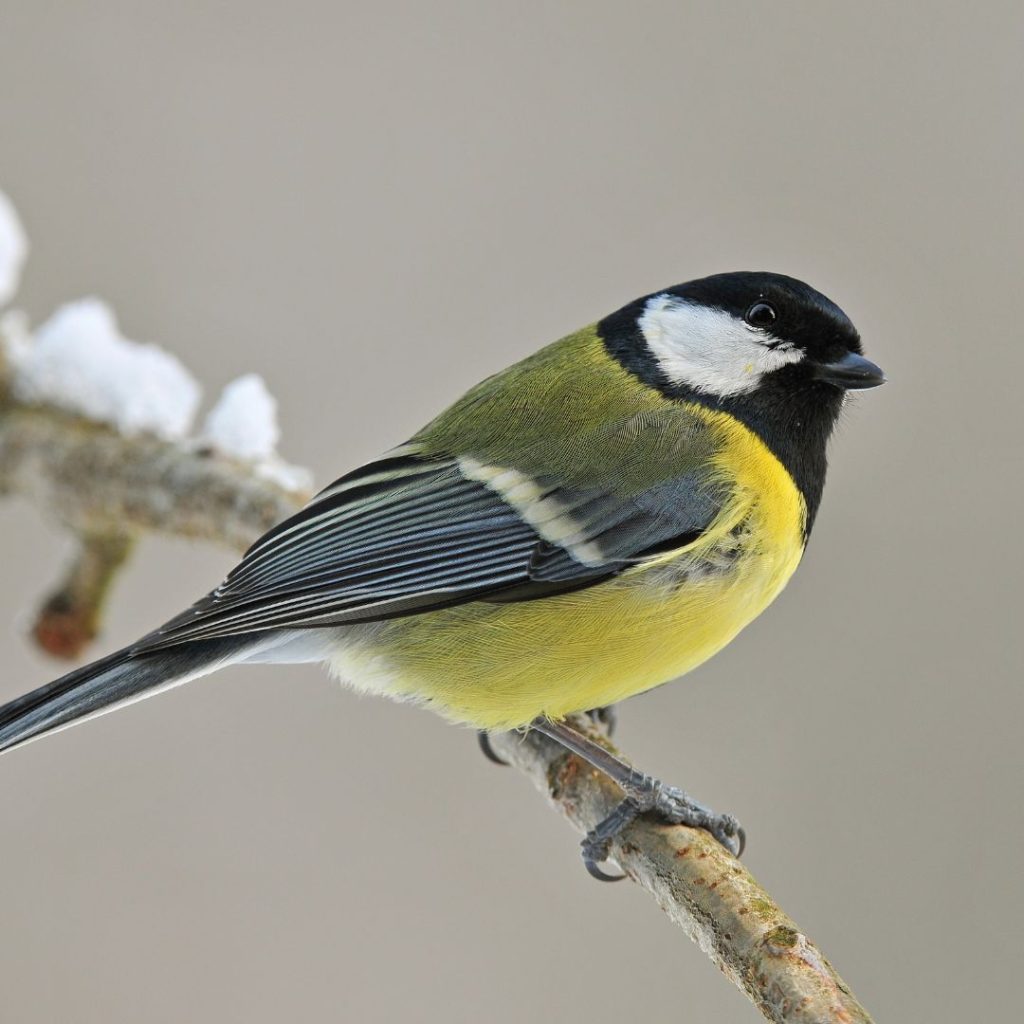The first results of the big bird count

In the run-up to the big winter bird count, the question arose as to how the bird world is coping with the cold and, above all, the precipitation of the past few weeks. One assumption was that forest birds in particular might be visiting feeding sites more often due to the reduced food supply and higher energy requirements. Until Sunday evening, the statistics did not show this so clearly. Throughout Germany, significantly more birdwatchers took part this year (over 31,000 entries by January 7). We do not have a comparable figure for Austria, where we have 20,454 participants according to BirdLife (as of January 8).
Great and blue tits: Growth through immigration?
Reports can still be submitted until January 15 , so the numbers will still change. What can already be seen, however, is that blue tit and great tit have increased throughout Germany, as has the robin. In particular, the number of great tit individuals seen per garden has increased. One possible explanation could be temporary guests from Northern and Eastern Europe that have mixed with the native populations. The harsh winter, unlike in previous years, could have encouraged an influx.
Even though great spotted woodpecker, bullfinch and jay have actually been seen more often this year (NABU Germany: 5 p.m., up 24, 23 and 40 percent respectively), this does not apply to all woodland birds and is also not clear when compared with previous years. Chaffinches appeared somewhat more regularly (up 19 percent), while greenfinch sightings stagnated. However, the green and yellow finch has struggled with trichomoniasis in recent years - the disease could continue to have an impact on populations. In general, however, the changes this year are not so significant as to allow any clear conclusions to be drawn about the available food supply, migratory behavior or other factors.
BirdLife Austria has not yet issued a statement in this regard, but the digital map (results map) shows an increase in great tit, house sparrow (sparrow) and blue tit. Compared to the previous year, there were significantly fewer sightings of the various thrush species as well as starling, wren, robin and many lesser-known species such as redpoll and crossbill.
The waxwing has also been spotted in Germany (around 150 specimens) and Austria (63 specimens). The bird with the distinctive yellow tail feather tips breeds primarily in the north of Scandinavia and Russia, but also finds its way across the Baltic Sea to us during harsh winters. Other species that may come to us from this direction during the cold period include siskins and redpolls.






